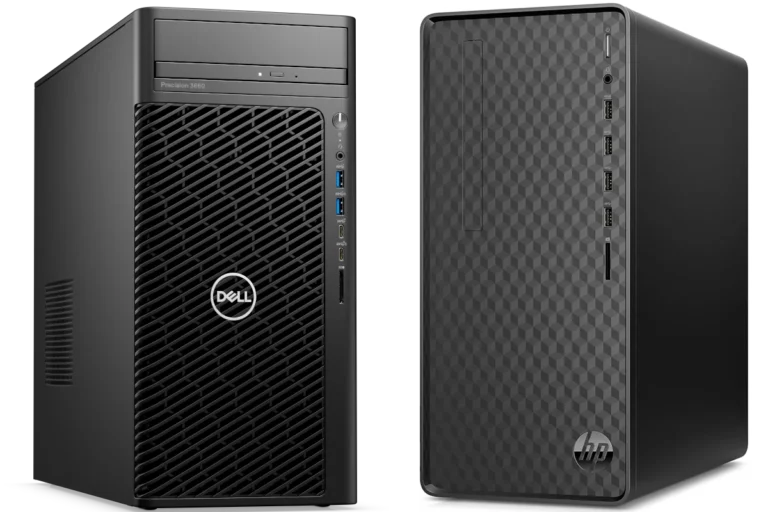When you’re assembling or maintaining a computer, seeing a little light on your motherboard can be both intriguing and worrying. This is often the DRAM light, a small yet significant indicator of your computer’s memory health. But what does it mean when this light is on, and more importantly, how do you fix it?
DRAM Light On Motherboard: Troubleshooting Guide
| Condition | Light Behavior | Possible Cause(s) | Troubleshooting Steps |
|---|---|---|---|
| DRAM Light ON, System Doesn’t Boot | Solid Red/Orange | – Improperly seated RAM – Faulty RAM module(s) – Incompatible RAM – BIOS issue – Power supply problem | 1. Reinstall RAM modules firmly, ensuring proper latching. 2. Test each RAM module individually in different slots. 3. Check RAM compatibility with your motherboard model. 4. Update BIOS to the latest version. 5. Test with a different power supply (if possible). |
| DRAM Light FLASHING, System Doesn’t Boot | Blinking Red/Orange | – RAM timing or voltage issue – Overclocking instability – BIOS corrupted | 1. Clear CMOS settings to reset BIOS defaults. 2. Try disabling XMP or manually adjusting RAM timings and voltage (advanced users only). 3. Reflash BIOS with a verified backup or update to the latest version. |
| DRAM Light ON, System Boots Occasionally | Solid Red/Orange | – Intermittent RAM or motherboard connection – Minor BIOS inconsistency | 1. Clean RAM and motherboard slots with compressed air. 2. Try different RAM slots. 3. Update BIOS to the latest version. |
| DRAM Light OFF, System Doesn’t Boot | No light | – Not related to RAM (check CPU, GPU, or other component lights) | Refer to motherboard manual or manufacturer support for further troubleshooting based on other indicators. |
Note: Different motherboard makers may have different meanings/codes assigned with their DRAM light setups. These are the most common meanings. Check your motherboard booklet or manual online to tell exactly what the meaning of your light color / error code is.
Additional Tips:
- Consult your motherboard manual for specific troubleshooting information and LED light behavior interpretations.
- Consider using tools like MemTest86+ to diagnose potential RAM errors.
- Seek professional help if troubleshooting steps prove unsuccessful.

What Exactly is the DRAM Light?
The DRAM light on a motherboard is an LED indicator associated with your system’s memory (RAM). It lights up when there’s a problem with the Dynamic Random-Access Memory (DRAM) in your computer. This issue might stem from a variety of causes, such as improperly seated RAM sticks, incompatible memory modules, or a fault in the power supply to the RAM.
Common Causes of a Lit DRAM Light
- Improperly Installed RAM: One of the most frequent causes of a DRAM light issue is RAM sticks not being properly seated in their slots.
- Incompatible RAM: Not all memory modules are made equal, and sometimes, a RAM stick isn’t compatible with your motherboard.
- Faulty RAM Stick: Just like any other component, RAM can fail, leading to the DRAM light turning on.
- BIOS/UEFI Issues: Sometimes, the problem lies not with the hardware but with the firmware – your system’s BIOS or UEFI settings.
Step-by-Step Troubleshooting
Reseating the RAM: The first and most straightforward step is to reseat your RAM modules. Power down your system, open your case, and carefully remove and reinsert the RAM sticks, ensuring they click into place.
Testing Individual Modules: If reseating doesn’t work, test each RAM module individually. This process helps identify if a particular module or slot is the problem.
Checking Compatibility: Make sure your RAM is compatible with your motherboard. This information is usually available in your motherboard’s manual or on the manufacturer’s website.
Updating BIOS/UEFI: An outdated BIOS/UEFI can cause compatibility issues. Updating to the latest firmware version can sometimes resolve these issues.
Consulting the Manual: Your motherboard’s manual is an invaluable resource. It can offer specific solutions based on the model and make of your motherboard.
Memory Overclocking: A Risky Business
Overclocking your RAM can enhance performance, but it also increases the risk of stability issues. If you’ve overclocked your memory, consider resetting to default speeds to see if it resolves the DRAM light issue.
When to Seek Professional Help
If you’ve tried all the above steps and the light persists, it might be time to consult a professional. Sometimes, the issue can be more complex, involving the motherboard’s memory controller or other components.
Summary of Facts
- The DRAM light indicates issues with the computer’s memory.
- Common causes include improper installation, incompatible RAM, and BIOS issues.
- Troubleshooting steps involve reseating RAM, testing individual modules, and checking compatibility.
- Overclocking RAM can lead to stability problems.
- Professional help might be required for complex issues.
FAQ
What does it mean when the DRAM light on my motherboard is on?
A: It typically means there’s an issue with the RAM in your computer. This could be due to various reasons like improper installation, compatibility issues, or hardware faults.
How can I fix a DRAM light issue?
A: Start by reseating your RAM modules, testing each one individually, and ensuring they are compatible with your motherboard. Also, check for any necessary BIOS updates.
Should I be worried if the DRAM light is on?
A: While it does indicate a problem, it’s often fixable. Start with basic troubleshooting, and if the issue persists, consider seeking professional help.






